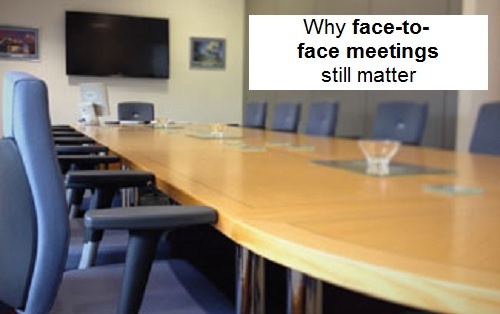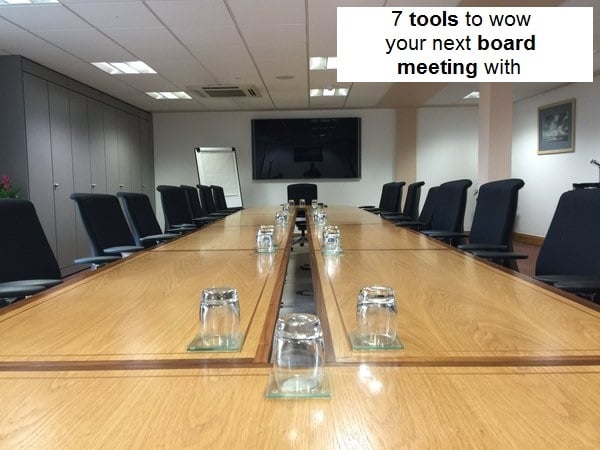Short-term professional solutions: Why choose WorkWell
What is short-term letting?
Why would a business potentially need or want professional service providers’ support during a short-term period?
Short-term letting is when a property is rented for a brief period, lasting anywhere between a few days to a couple of months, with the longest short-term let extending to 6 months. Long-term letting is typically qualified by renting for longer than 12 months.
Businesses can find themselves in a limbo, with no professional office, wondering whether to bite the bullet on the overhead costs of a privately let office. That’s where we come in to provide an unrivalled serviced office experience, for a fraction of the cost of a traditional office.
What short-term letting solutions do WorkWell provide?
Day Offices
Day offices are the perfect option for businesses seeking a short-term solution to needing a professional, quiet environment for their team to work from. These spaces are kitted out the same as a traditional office with monitors, desks, and ergonomic chairs.
At WorkWell, we offer day offices for as little as a day to ensure any team needing a professional setting to work from has the space to do so.
Co-working
Co-working is a type of working style which allows businesses to mix and work alongside other businesses and independent workers. This is done by creating a communal office environment without a seating plan.
At WorkWell, we offer day passes for those seeking out a tidy and inspiring environment to work from. This allows our members to tailor their contracts to their needs. Instead of having to rent a space for a chunk of time, and seeing the budget going to waste when the space isn’t being used.
Meeting rooms
Meeting rooms in serviced office environments are particularly useful when you need a professional environment to host in, for a limited amount of time. We’re able to offer our meeting rooms at an hourly rate, providing a practical and affordable way to access a professional working environment.
Why utilising a professional service provider can benefit you in the short term?
Every business is unique, as are its operational needs. Whether it’s needing a meeting room to accommodate client visits or simply wanting a desk to work from for a day, at WorkWell, we’ve got the facilities to accommodate.
Reduced costs
Renting a traditional office comes with its downsides, from the long set-up process to the hidden fees and major responsibilities. Bookable rooms with day pass and flexible co-working options ensure you only pay for what you are using.
Professional Impressions
Whether you’re meeting with your remote-working team face to face, or taking on an important meeting, WorkWell provides your business with access to an environment that is a polished, fully equipped workspace, perfect for making a professional impression.
Networking opportunities
It’s a rarity to be able to engage with new local businesses outside of your own in a traditional office, but in a service office environment, the opportunity is there. It fosters a sense of community within members and allows them to make connections they otherwise wouldn’t have.
Continuity through transitional periods
Whether you’re renovating, scaling, or relocating, short-term letting allows your business to keep operating with no downtime, keeping your operations stable and smooth.
Adjust as you need
Whether it’s a desk for a week or a meeting room for a few hours, we make sure you can pick the services that suit your needs. This flexibility allows your business to operate as normal whilst being fuss-free.
Short-term professional intervention can offer stability and structure during times of growth or change. At WorkWell, we don’t just provide a space; we create environments and contracts tailored to ensure individuals and teams thrive. Our solutions are curated to your goals, ensuring your business is able to remain professional and productive each step of your journey.
.


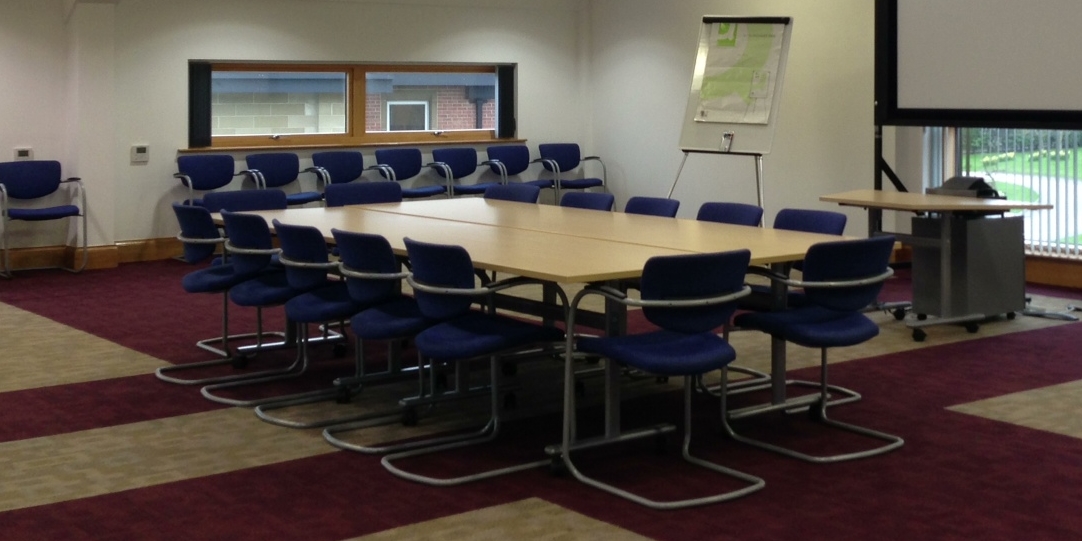
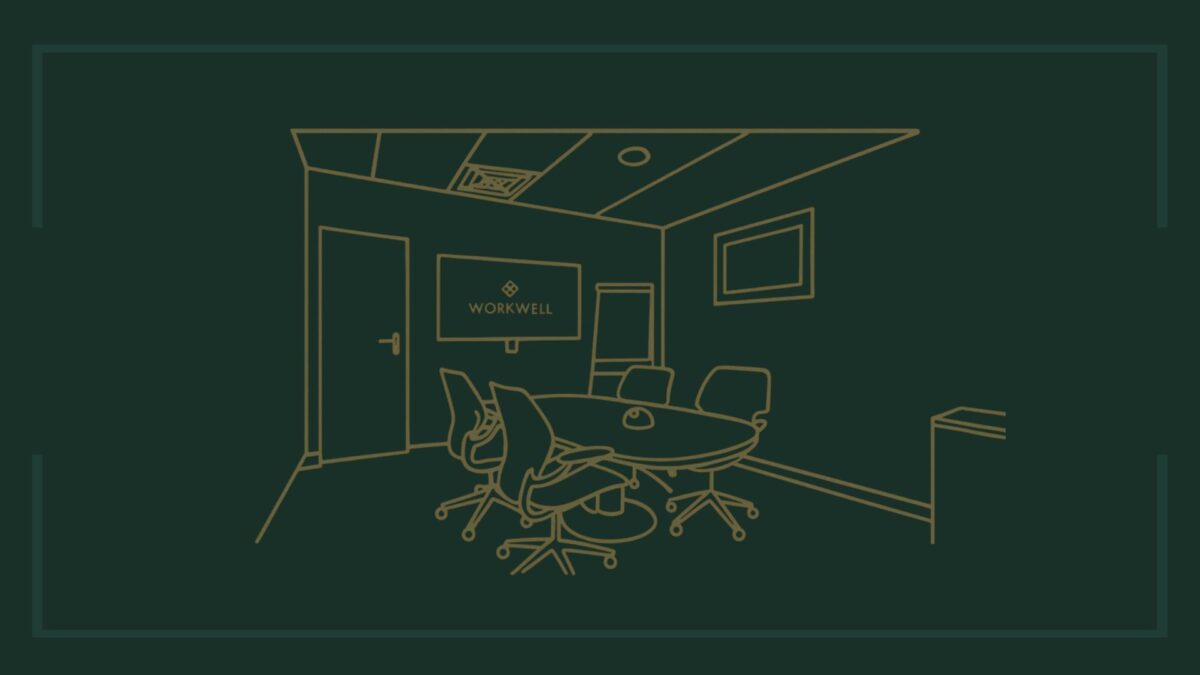

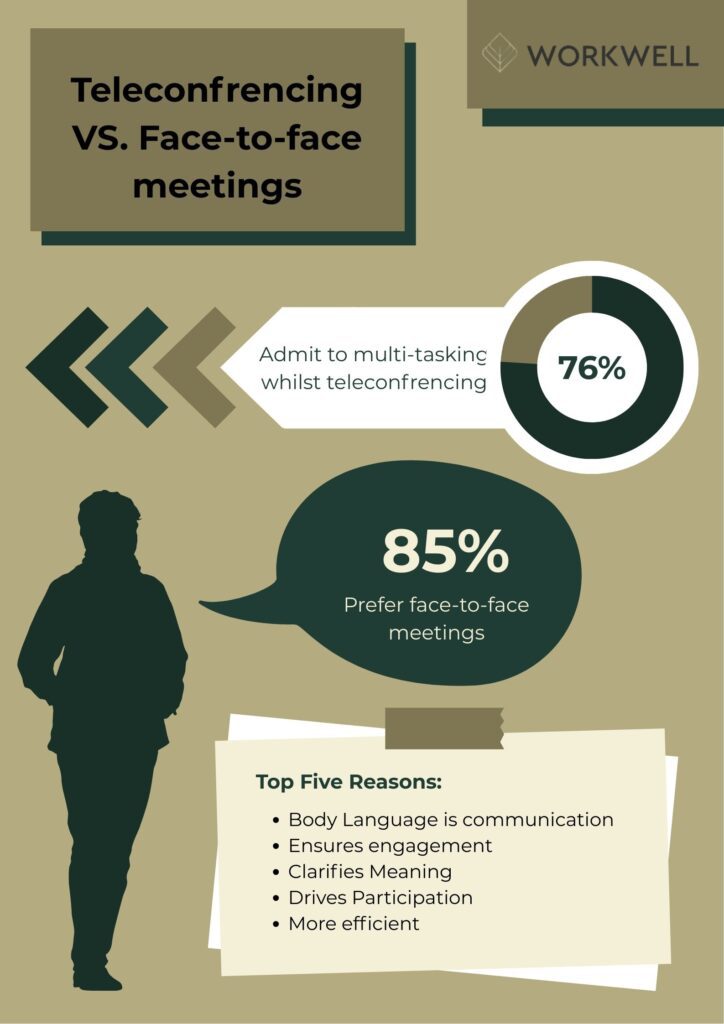

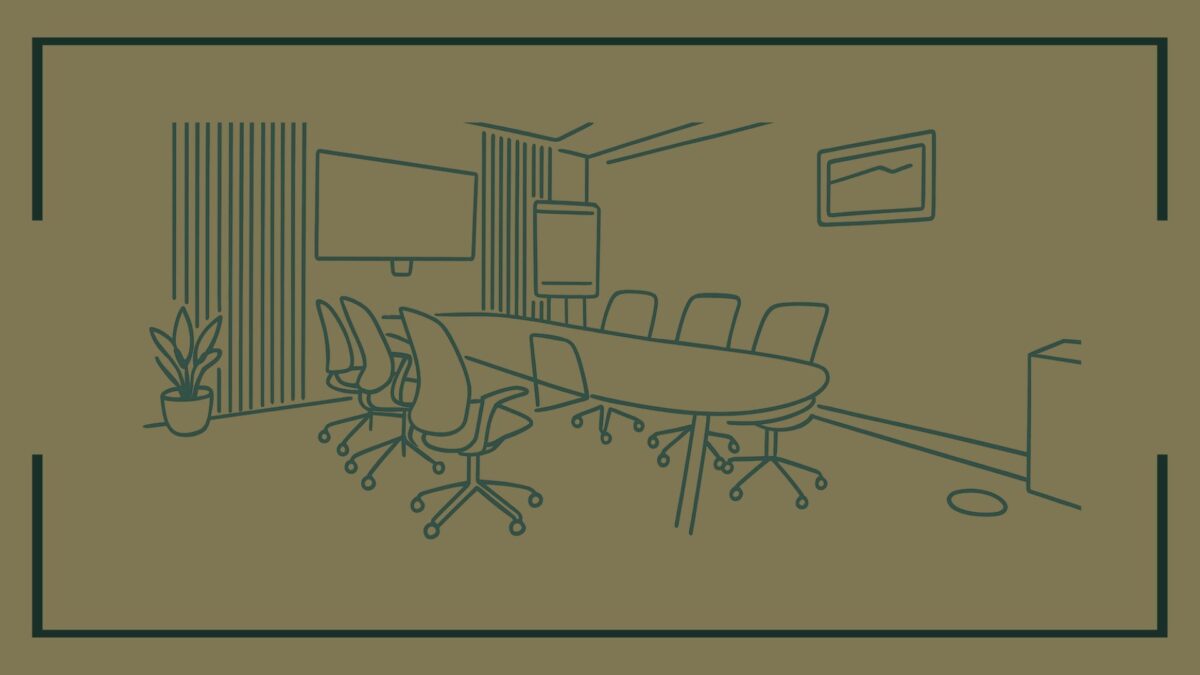

 With the sun shining brightly in a cloudless blue sky, there is nothing quite like a hot summer’s day to boost happiness and make us feel on top of the world.
With the sun shining brightly in a cloudless blue sky, there is nothing quite like a hot summer’s day to boost happiness and make us feel on top of the world.